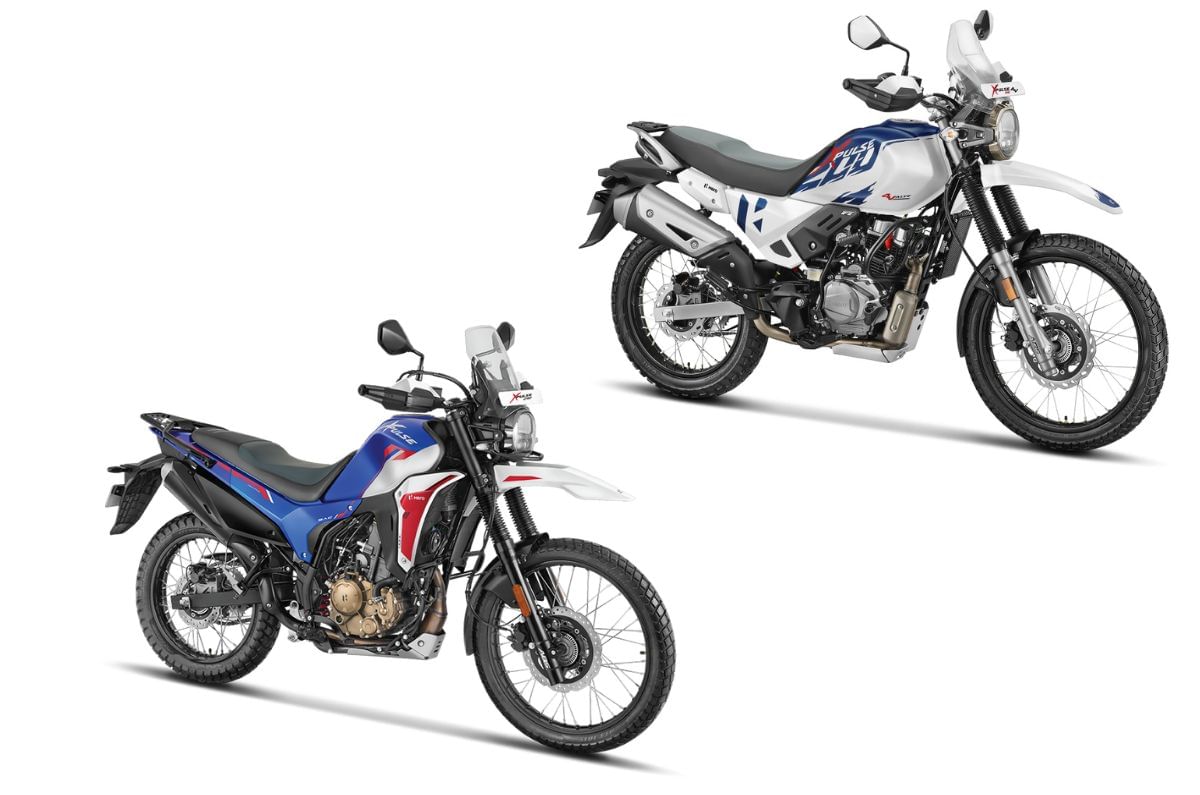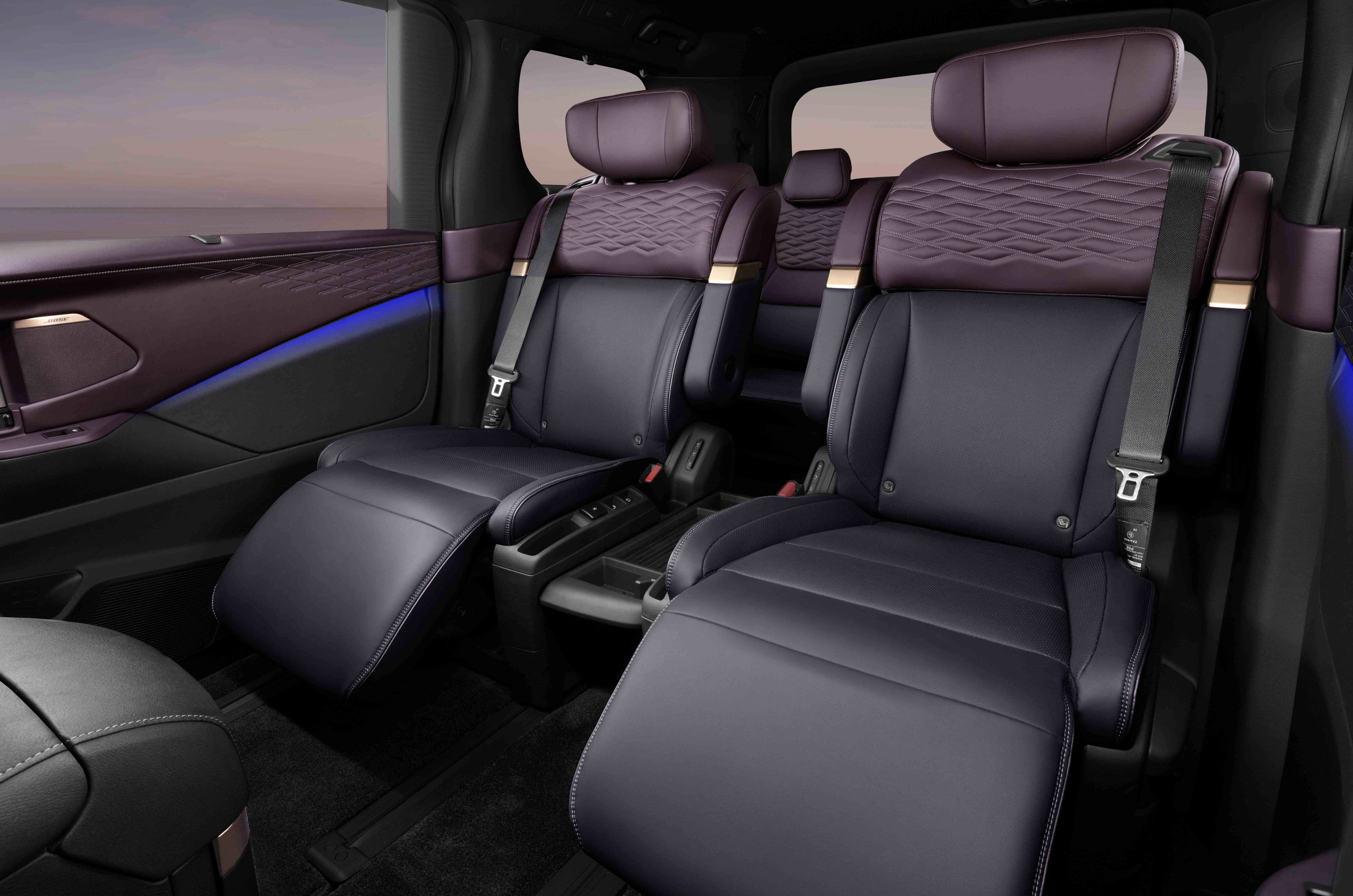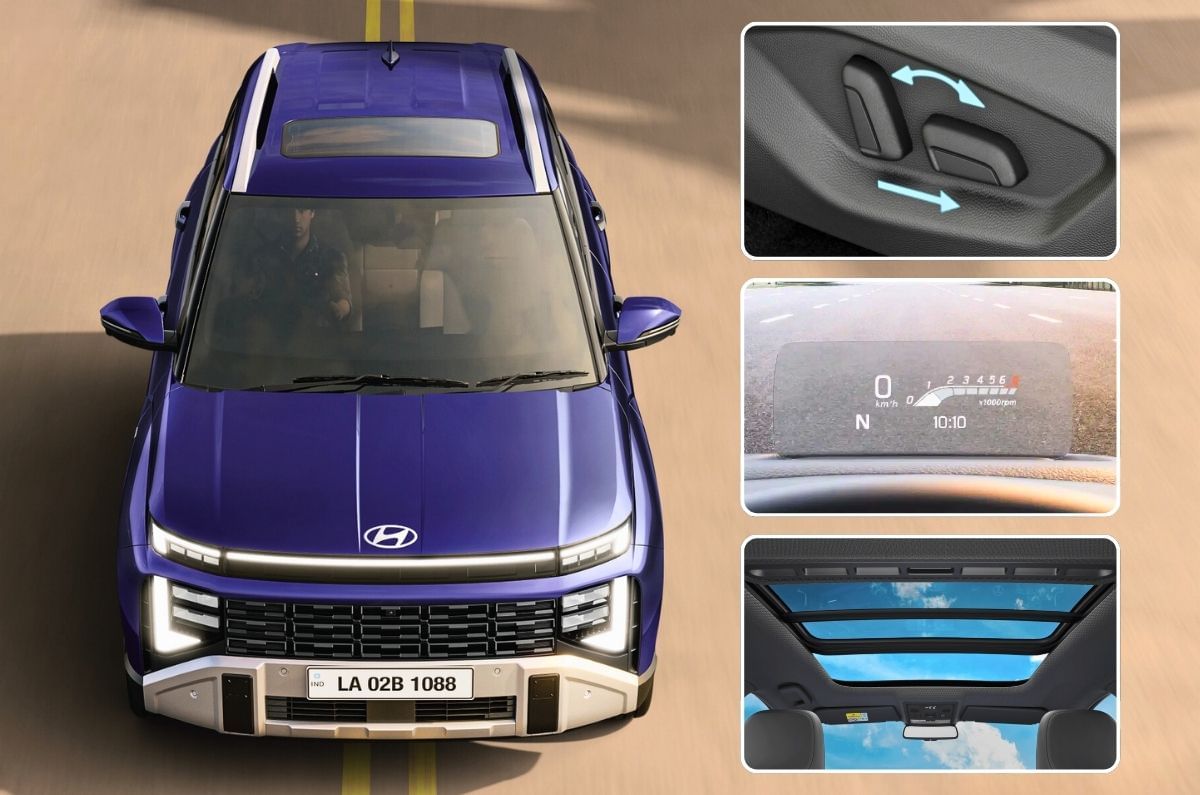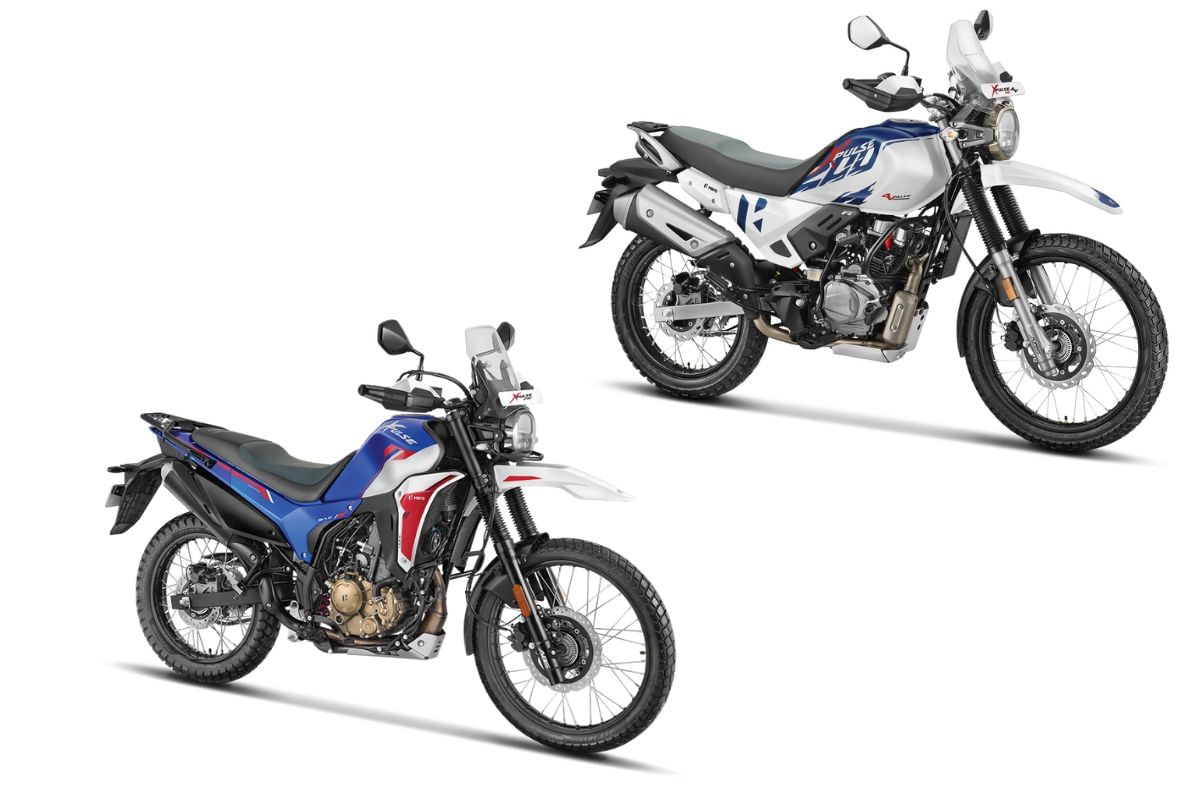
The new Hero Xpulse 210 gets a 210cc, single-cylinder, liquid-cooled engine putting out 24.6hp at 9,250rpm and a peak torque of 20.7 Nm at 7,250rpm. Meanwhile, the older Xpulse 200 4V gets a 199.6cc, single-cylinder, air-cooled engine putting out 19.1hp at 8,500rpm and a peak torque of 17.35Nm at 6,500rpm. The Xpulse 210 is the more powerful bike and also gets a 6-speed gearbox, opposed to the 5-speed gearbox on the 200 4V, for better highway cruising abilities. We have listed the figures from our performance tests with both bikes to check out how much of a difference there is, and here is what they revealed.
Hero Xpulse 210 vs Hero Xpulse 200 4V: Acceleration
During our tests, the road conditions were mainly dry.
| Acceleration | ||
|---|---|---|
| Xpulse 210 | Xpulse 200 4V | |
| 0-60kph | 3.9s | 4.33s |
| 0-80kph | 6.68s | 7.61s |
| 0-100kph | 11.2s | 13.52s |
The Xpulse 210 is the quicker bike in the 0-100kph sprint, completing the sprint in 11.2 seconds. The Xpulse 200 4V is not far behind, taking 13.52 seconds. The 200 4V is 9kg lighter than the 210, and despite having lower power and torque, it still manages the sprint to 100kph at a fairly decent pace.
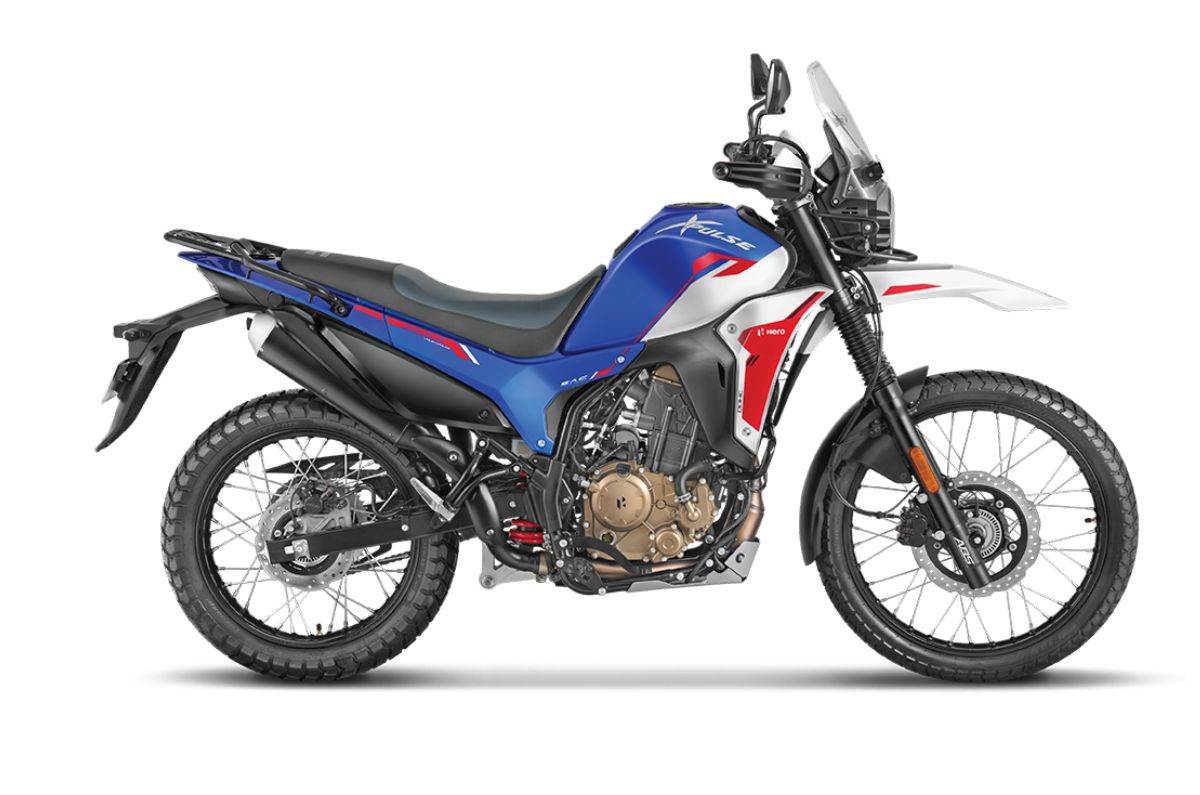
Hero Xpulse 210 vs Hero Xpulse 200 4V: Roll-on acceleration
The Xpulse 200 4V is around 5hp and 3Nm less powerful than the Xpulse 210.
| Roll-on acceleration | ||
|---|---|---|
| Xpulse 210 | Xpulse 200 4V | |
| 20-50kph (2nd Gear) | 2.50s | 2.73s |
| 30-70kph (3rd Gear) | 4.44s | 5.24s |
| 50-80kph (4th Gear) | 4.46s | 5.55s |
Roll-on acceleration figures are also not very far apart. The Xpulse 210 is again the quicker bike, but the 200 4V is almost as quick in the 2nd gear run, and just around 1 second slower in the 3rd and 4th gear runs. The Xpulse 210 offers smoother acceleration with its liquid-cooled engine, feels like it is breathing better, and doesn't run out of steam in the top-end when compared to the 200 4V.
Hero Xpulse 210 vs Hero Xpulse 200 4V: Braking
Both bikes have the same braking setup.
| Braking | ||
|---|---|---|
| Xpulse 210 | Xpulse 200 4V | |
| 60-0kph | 17.89m | 18.11m |
Braking distance was almost the same in our tests. The 210 stopped just a bit quicker, but in the real world, it will hardly feel like much of a difference. Considering the nature of the bikes, riders will feel the front fork diving under emergency/hard braking scenarios.
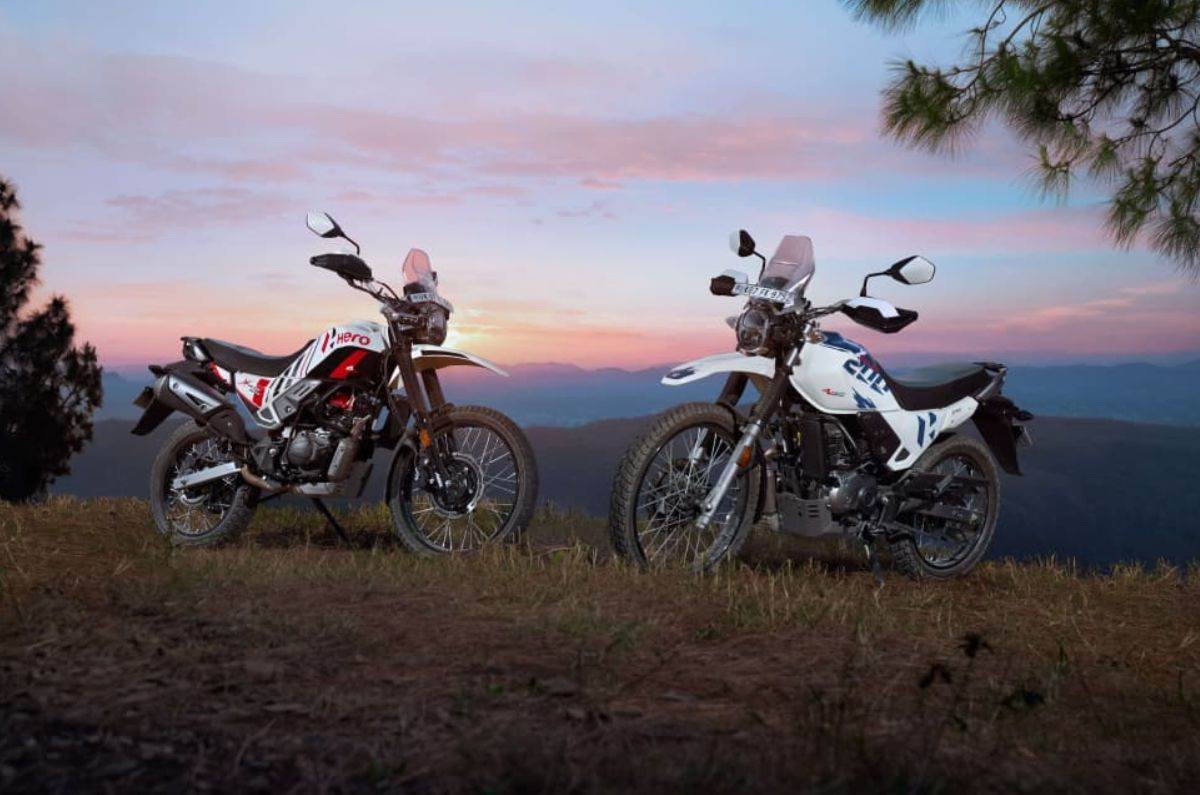
Hero Xpulse 210 vs Hero Xpulse 200 4V: Specifications and price
The base variant of the Xpulse 210 is around Rs 22,000 more than the Xpulse 200 4V.
| Specifications and price | ||
|---|---|---|
| Xpulse 210 | Xpulse 200 4V | |
| Engine | 210cc, single-cyl, liquid-cooled | 199.6cc, single-cylinder, oil-cooled |
| Power | 24.6hp at 9,250rpm | 19.1hp at 8,500rpm |
| Torque | 20.7 Nm at 7,250rpm | 17.35 Nm at 6,500rpm |
| Gearbox | 6-speed | 5-speed |
| Fuel capacity | 13 Litres | 13 Litres |
| Kerb weight | 168kg (Base) / 170kg (Top) | 159kg (Base) / 161kg (Pro) |
| Brakes (F/R) | 276mm disc / 220mm disc | 276mm disc / 220mm disc 276mm disc / 220mm disc |
| Tyres (F/R) | 90/90-21 / 120/80-18 | 90/90-21 / 120/80-18 |
| Price (ex-showroom) | Rs 1.62 lakh (Base) / Rs 1.71 lakh (Top) | Rs 1.40 lakh (Base) / Rs 1.52 lakh (Pro) / Rs 1.55 lakh (Dakar Edition) |
There are two variants of the Xpulse 210: Base and Top. Both variants use the same engine, but the Top variant gets a TFT display and dual-channel ABS instead of the single-channel system on the Base variant. Additionally, it also gets knuckle guards and a windscreen for a more rugged look. On the other hand, there are three variants of the 200 4V: Standard, Pro, and Dakar Edition. The Pro and Dakar Edition get suspension with more travel, handlebar risers, and block-pattern tyres for better off-road capabilities.

